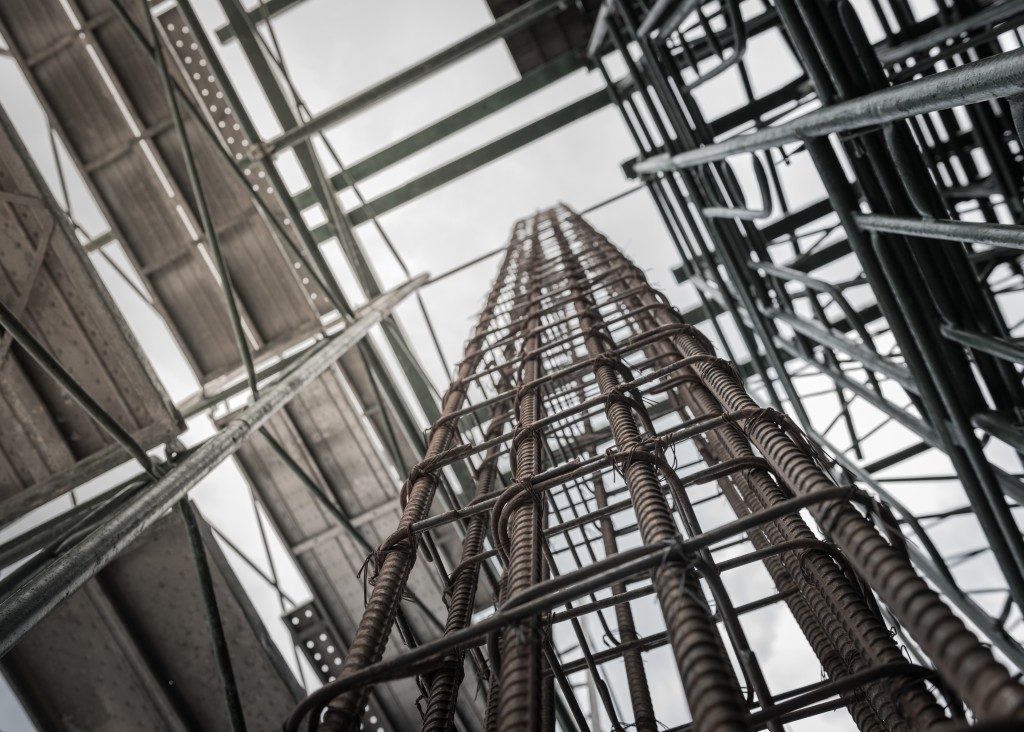Many times, aging homes tell their stories through hairline cracks in the wall or uneven flooring. Worse, homes built unsatisfactorily over problematic soil can have bigger cracks and have walls that appear to tilt. Obviously, we see a foundation issue. Having a home foundation repair with your local technicians is always the best solution. But it will be nicer if you know what has led to the structural issue so that you know how to take care of your home.
Purposes of Building Foundations
Building foundations hold together the structure they technically carry. The soil below our homes is not that rock-solid, so strong foundations are required. With the forces applied to the home, either natural or man-made, having good support protects its structural health.
1. As a Load-bearing Mechanism
Foundations must sustain the dead and live loads of the house above them. The “dead load” is the weight of the house. The “live load,” on the other hand, is the ever-changing weight of objects and people. Stability is key in foundations to carry such weight.
2. As an Anchor Against the Elements
The foundations of your home ensure that it is as stable as a box partially submerged on a flat surface. Whatever natural forces that come, from quakes, floods, to tornadoes, the house remains still and unperturbed. The foundations serve as a root that keeps your house intact.
3. As a Protection from Ground Moisture
Many homes, especially those built in wood, can have problems with ground moisture. Moisture weakens wood over time. Many posts of traditional homes are made of wood. The use of concrete blocks prevents moisture—and sometimes water during floods—from seeping in.

Maintaining Your Home Foundations
Foundations that have cracks is a tell-tale sign of a big problem. Shifting foundations are even worse. Cracks, uneven flooring, and budged windows or doors are just a few of the signs that your foundations are in trouble. To avoid these, a routine check and some wise landscaping can definitely help.
1. An annual inspection of the foundations is recommendable. If you see cracks, a more regular check is needed. See if the cracks get larger or longer. With water issues, check if moisture is coming from underneath or if leaks from your home are heading down to the soil underneath.
2. Keep the soil moist throughout the year. Soil expands and contracts with changing seasons. The wet months are generally good for the soil as swelling does not occur. To moisten the top layer of the soil during the dry months, you can use a soaker hose system.
3. When doing landscaping projects, pay attention to the effects of plants around your home. Moisture intrusion occurs mostly when plants are too close to the house. Trees should be far enough from the foundations to avoid soil shrinkage.
Our home’s foundations are vital to our safety. Keeping the foundations strong also preserves the value of our biggest investment. If we know what our foundations are for, we can understand their engineering and help us maintain and protect their integrity.







